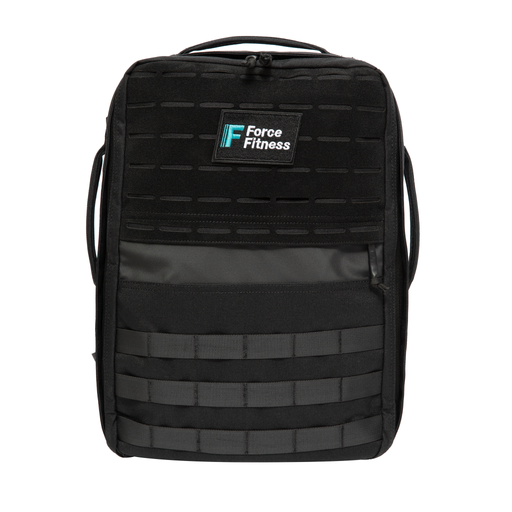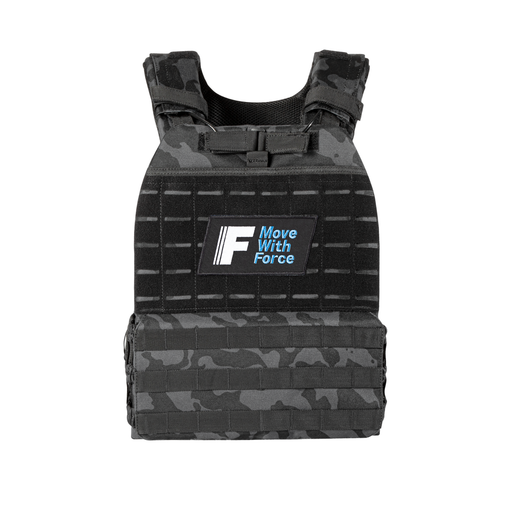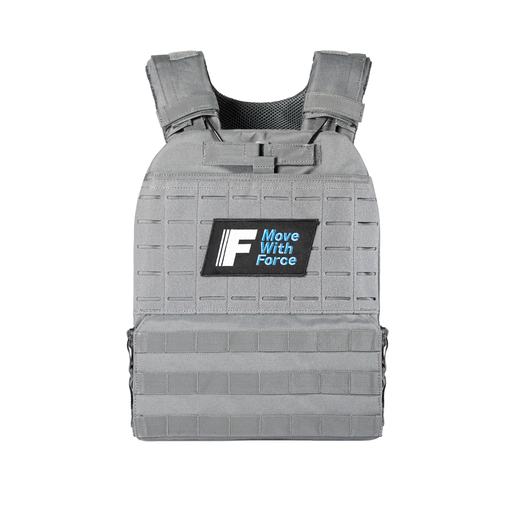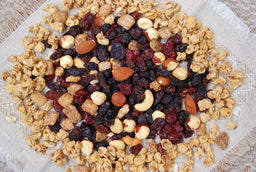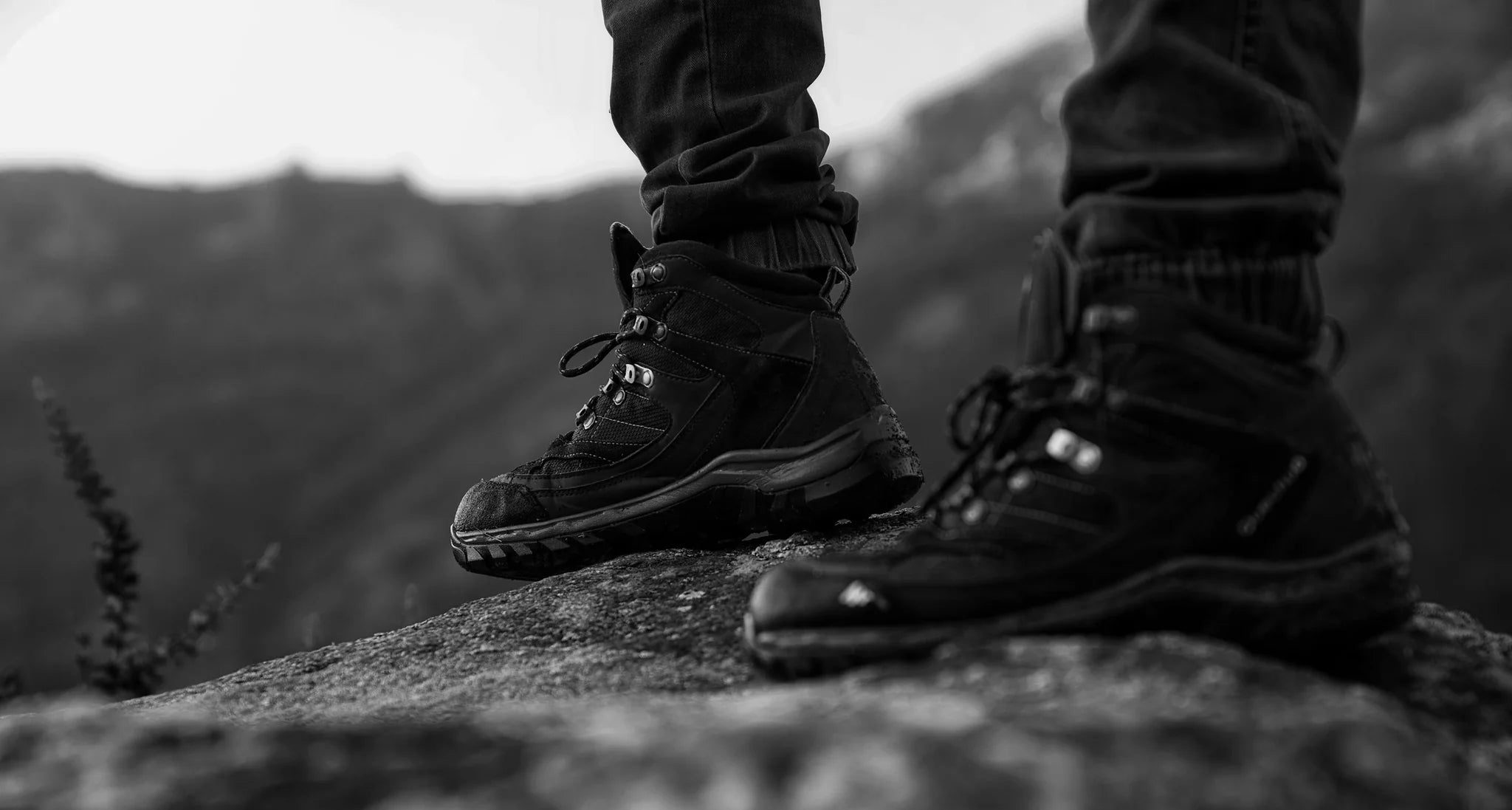
A Guide to Foot Care & Shoe Maintenance for Rucking
Rucking is an incredible way to build endurance, strength, and resilience. But let’s be real— your feet and shoes take a beating. Whether you're marching through city streets or tackling rugged trails, the constant weight and movement can lead to blisters, sore arches, and worn-out footwear faster than you’d expect. The good news? With the right care and preventative measures, you can keep both your feet and boots in top condition. Let’s dive into how to prevent, manage, and fix common rucking issues.
How Rucking Affects Your Feet and Shoes
The Wear and Tear on Your Feet
Rucking places a lot of stress on your feet due to the additional weight you carry. Some of the most common issues include:
- Blisters – Caused by friction from improper socks, moisture, or ill-fitting boots.
- Plantar Fasciitis – Persistent pain in the heel due to excessive stress on the foot’s arch.
- Hot Spots & Calluses – Areas of hardened skin that develop from repeated pressure and rubbing.
- Toenail Damage – Long rucks in poorly fitted shoes can lead to black toenails or even loss of the nail entirely.
The Impact on Your Shoes
Rucking is tough on footwear, leading to:
- Sole Wear – Heavy weight and frequent use wear down treads faster.
- Structural Breakdown – The midsole cushioning can compress, reducing support.
- Moisture Damage – Sweat and wet conditions can degrade materials and cause unpleasant odours.
- Toe Cap & Heel Damage – The extra pressure from rucking can lead to holes and fabric tearing.
Preventative Measures: Protect Your Feet & Footwear
1. Choosing the Right Footwear
Investing in high-quality rucking boots or trail shoes is essential. Look for:
- Strong Ankle Support – Prevents rolling and reduces strain.
- Durable Soles – Opt for rubber soles with deep treads for traction.
- Cushioned Insoles – Helps absorb impact and reduces foot fatigue.
- Breathability – Mesh panels and moisture-wicking materials help keep feet dry.
2. Sock Selection Matters
A good pair of socks can make all the difference.
- Wool or Synthetic Materials – Avoid cotton as it traps moisture.
- Double-Layered or Padded Socks – Reduces friction and blister formation.
- Compression Socks – Can help with circulation and reduce swelling.
3. Break in Your Footwear
New boots or shoes should be broken in before taking on long-distance rucks. Wear them for short walks or daily activities first to let your feet adjust.
4. Keep Your Feet Dry
Moisture is a major cause of blisters and foot discomfort.
- Use Foot Powder or Anti-Chafing Balm – Helps reduce sweat and friction.
- Air Out Your Feet – Take breaks to remove shoes and let your feet breathe.
- Alternate Shoes – Wearing different pairs on alternating days allows them to dry out fully.
Maintenance Tips for Shoes
1. Regular Cleaning
Dirt and moisture can break down your footwear faster.
- Brush Off Dirt & Mud – Use a soft-bristle brush after each ruck.
- Wash with Mild Soap – Avoid harsh detergents that can weaken materials.
- Dry Properly – Stuff with newspaper and air dry; never use direct heat as it can damage glue and materials.
2. Waterproofing Your Shoes
If you're rucking in wet conditions, treating your footwear with a waterproofing spray or wax can help keep them dry and extend their lifespan.
3. Rotate Insoles & Laces
- Replace Insoles Regularly – If they start losing cushioning, swap them out for fresh ones.
- Check Laces for Wear – Frayed or weak laces should be replaced to avoid breakage mid-ruck.
Treating Common Foot & Shoe Issues
1. Blister Care
If you feel a blister forming, act fast!
- Apply Moleskin or Blister Pads – Reduces friction and protects the skin.
- Drain Large Blisters – If painful, sterilise a needle, drain carefully, and cover with a bandage.
- Use Antibacterial Cream – Prevents infection.
2. Fixing Shoe Damage
- Hole Prevention & Repair – Use shoe glue or patches for small holes.
- Sole Separation? – Shoe repair glue can temporarily fix detached soles.
- Heel Wear? – Consider getting your shoes resoled by a professional before they’re beyond repair.
Conclusion: Keep Rucking Strong
Taking care of your feet and shoes isn’t just about comfort—it’s about longevity and performance. Whether you're just starting your rucking journey or a seasoned expert, small preventative measures can make a huge difference. Prioritise foot health, invest in quality footwear, and maintain them properly to ensure every ruck is a smooth one.
With proper care, your feet will carry you farther, and your boots will last longer. Now lace up and hit the trail!






